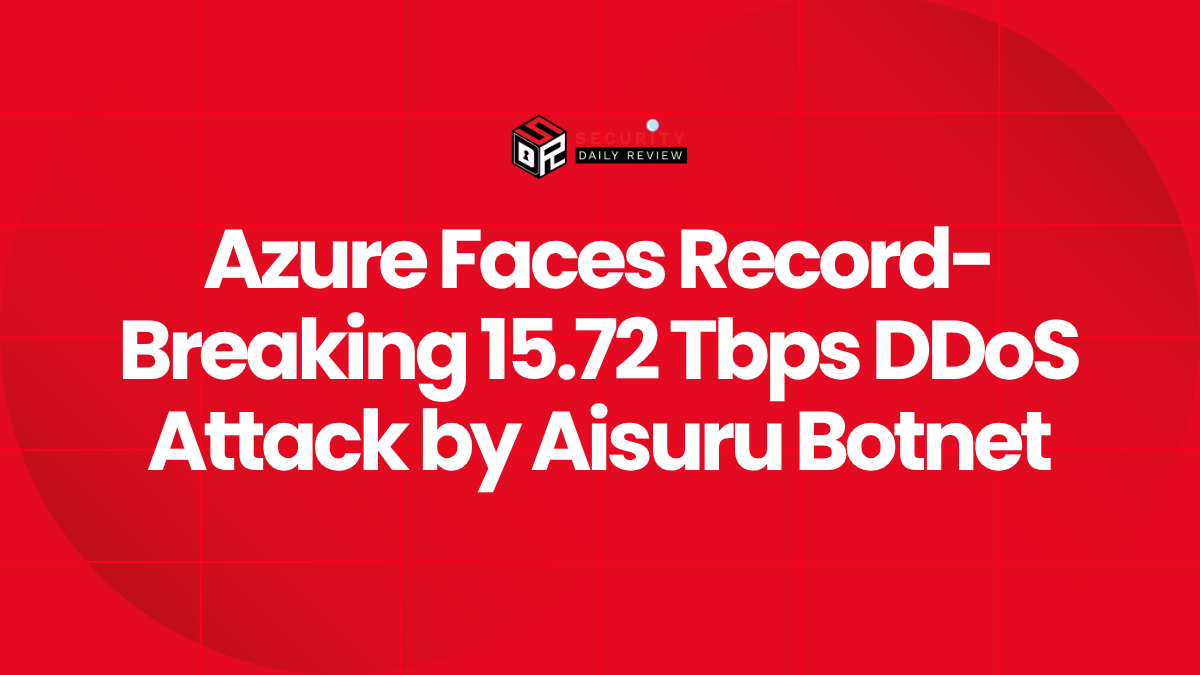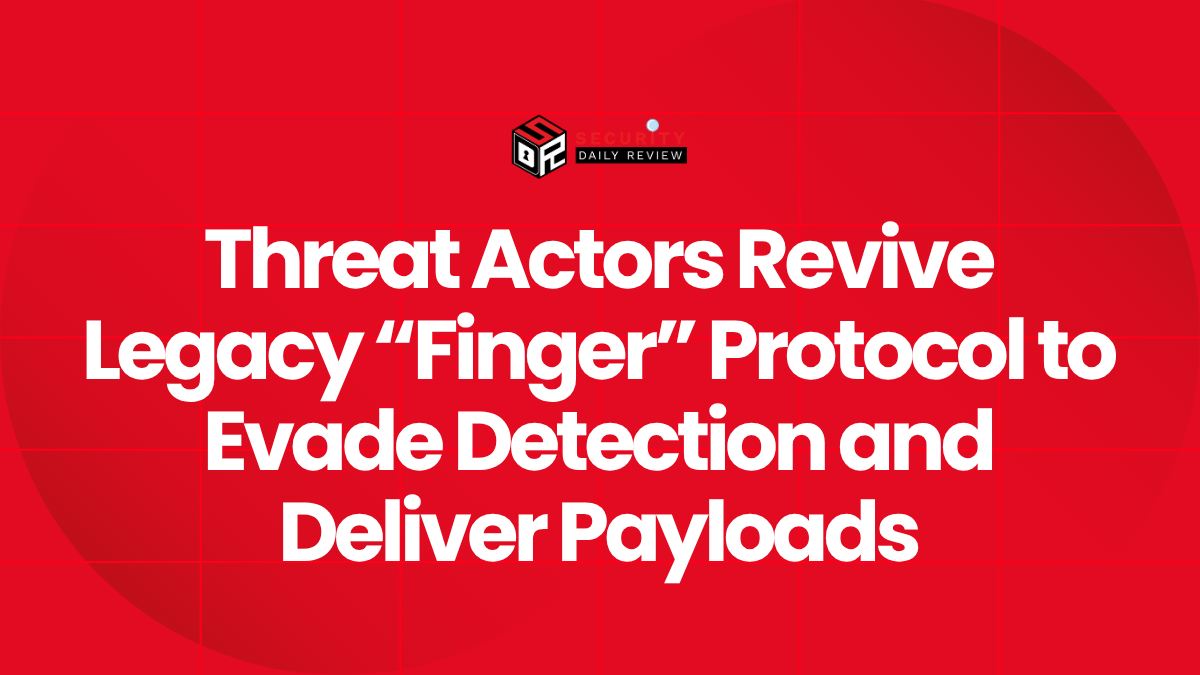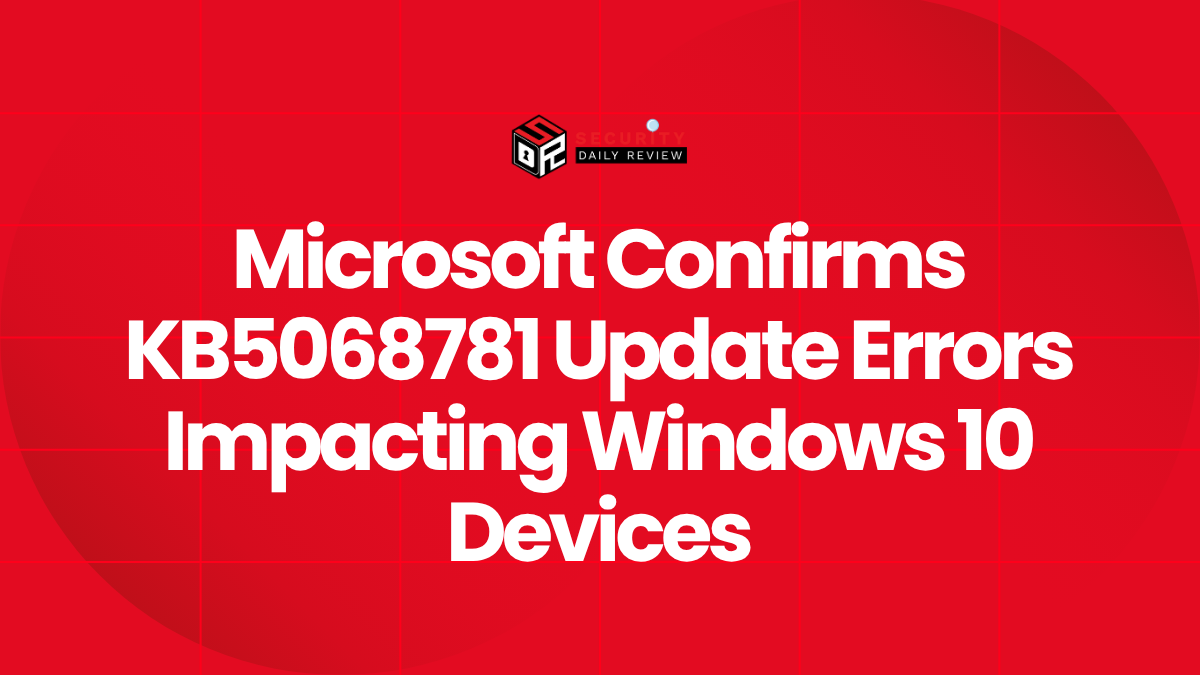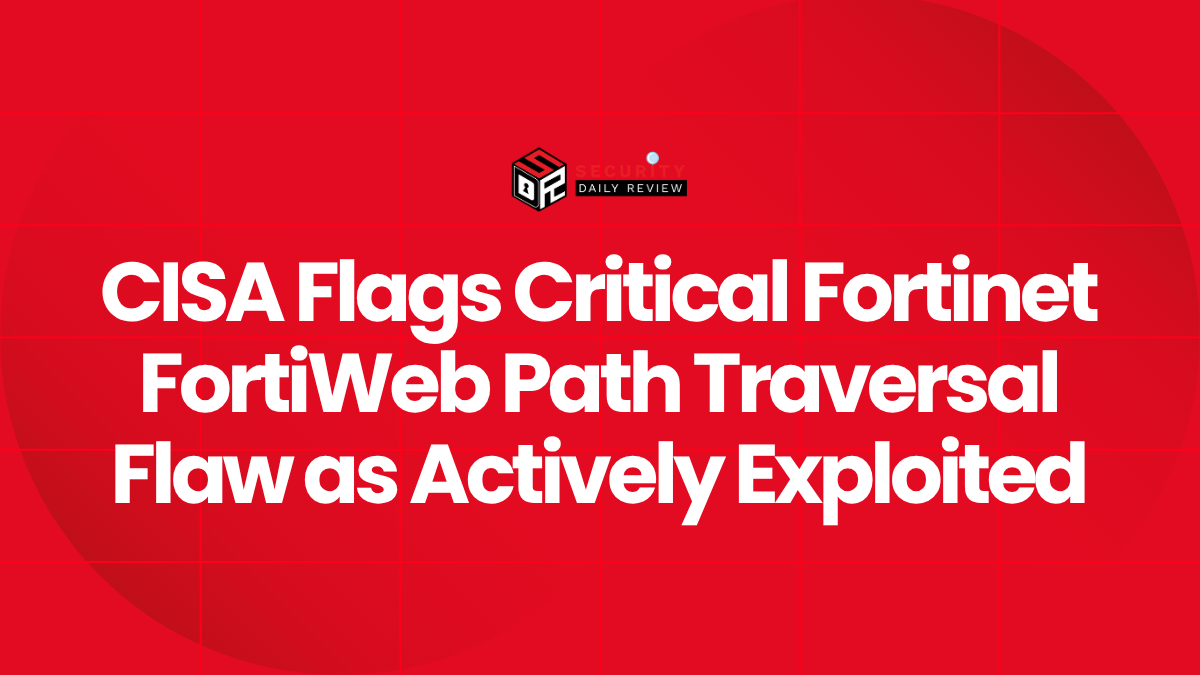An unusually powerful distributed denial of service (DDoS) attack has shattered previous records, targeting Microsoft’s Azure cloud infrastructure with a volume peaking at 15.72 terabits per second (Tbps). The offensive—attributed to the Aisuru botnet—has brought renewed attention to the scale and speed at which botnets can evolve and cause operational disruption, even at the highest levels of cloud infrastructure.
Microsoft disclosed the details of the attack in a security bulletin, describing it as the largest known DDoS incident targeting a cloud platform. The event represents a significant development in threat actor capabilities and highlights the growing threats facing hyperscale cloud environments.
Aisuru Botnet Evolves to Become a Global Cloud Threat
DDoS Infrastructure Shows Signs of Enhanced Capability
Aisuru, previously known for high-volume campaigns against less hardened targets, has now escalated its operations. Microsoft attributed the massive DDoS wave to this aggressive botnet, noting that its latest iteration involves a wider arsenal of compromised devices and strengthened attack strategies. The 15.72 Tbps flood was not only record-setting in scale but also significant in its complexity.
Attack Mechanism Demonstrated Increased Technical Sophistication
Evidence points to a multipronged approach carried out by the Aisuru botnet:
- Amplification techniques leveraging UDP (User Datagram Protocol) reflection.
- Rapid surge in packet generation, pointing to a high degree of automation.
- Use of globally distributed endpoints, likely IoT devices pulled into the botnet via previous vulnerabilities.
The diversity in attack vectors suggests that Aisuru’s operators have methodically fine-tuned their platform to evade traditional DDoS mitigations and overwhelm even enterprise-grade defense stacks.
Azure Withstood the Assault With Minimal Impact
Despite the magnitude of the attack, Microsoft Azure services withstood the onslaught with minimal user-facing disruption. Microsoft’s DDoS protection platform, designed to absorb and mitigate volumetric floods, was able to contain the majority of the malicious traffic without cascading failures.
According to Microsoft, fast detection and automatic mitigation were key factors in limiting the attack’s effect:
- Real-time telemetry detected anomalies in traffic patterns.
- Azure’s built-in DDoS protections throttled attack surges at edge nodes.
- Internal redundancy and network rerouting preserved service availability.
Azure’s response underscores the importance of layered DDoS defenses, particularly for public cloud platforms that face continuous probing and attack from burgeoning threat actor collectives.
What the Attack Says About Future Botnet Attacks
Resurgent Botnets Are Testing Cloud Defense Boundaries
The attack highlights a number of emerging trends that security managers and cloud defenders must consider. First, threat actors are increasingly leveraging compromised IoT devices and exposed services to build resilient and geographically dispersed botnets. Aisuru appears to be one such evolution—growing in network size and attack vector diversity, possibly incorporating elements of previous malware like Mirai and newer variants designed to target cloud-specific infrastructure.
Second, the surge in record-breaking DDoS attacks targeting major cloud providers signals a shift in attacker intent. Rather than focusing solely on traditional corporate targets or gaming platforms, sophisticated botnet controllers now aim to test the limits of cloud-scale services.
Preparing for Future Cloud-Scale DDoS Events
Organizations relying heavily on public cloud infrastructure should reassess their risk exposure in light of events like the Aisuru attack. Actionable defense measures include:
- Ensuring that cloud DDoS protections are enabled and correctly configured.
- Deploying application-layer protections to supplement network-level defenses.
- Incorporating DDoS contingency playbooks within incident response protocols.
Furthermore, service providers and security vendors must continue investing in telemetry, machine learning, and edge-level detection to proactively identify botnet traffic before it escalates. Greater transparency in sharing attack patterns will also help the industry respond rapidly to similar threats.
Cloud Platforms Remain Juicy Targets for Botnet Operators
DDoS Defense Is Now a Core Competency for Public Cloud Resilience
The sheer scale of the Aisuru botnet’s attack against Azure marks a turning point in how security teams must think about cloud durability. Volumetric DDoS incidents now threaten more than just service uptime—they test the elasticity and confidence of multitenant platforms.
While Microsoft successfully repelled this unprecedented 15.72 Tbps attack, the event serves as a stark reminder: cloud infrastructures are no longer “too big to fail” without continuous adaptation and investment in DDoS defenses.
As botnets like Aisuru grow as-a-service capabilities, and attack infrastructure gets commoditized on underground forums, the window for proactive mitigation is shrinking. The defenders’ playbook must evolve—starting with understanding emerging threat actors, their tooling, and attack choreography born in code but deployed at globe-spanning scale.









